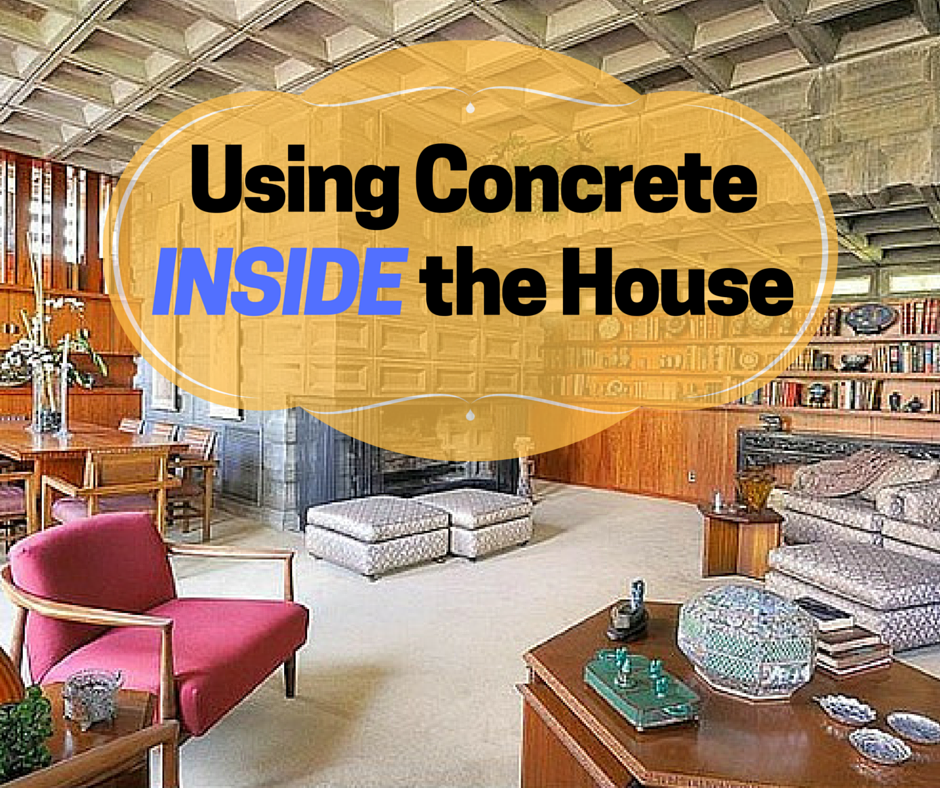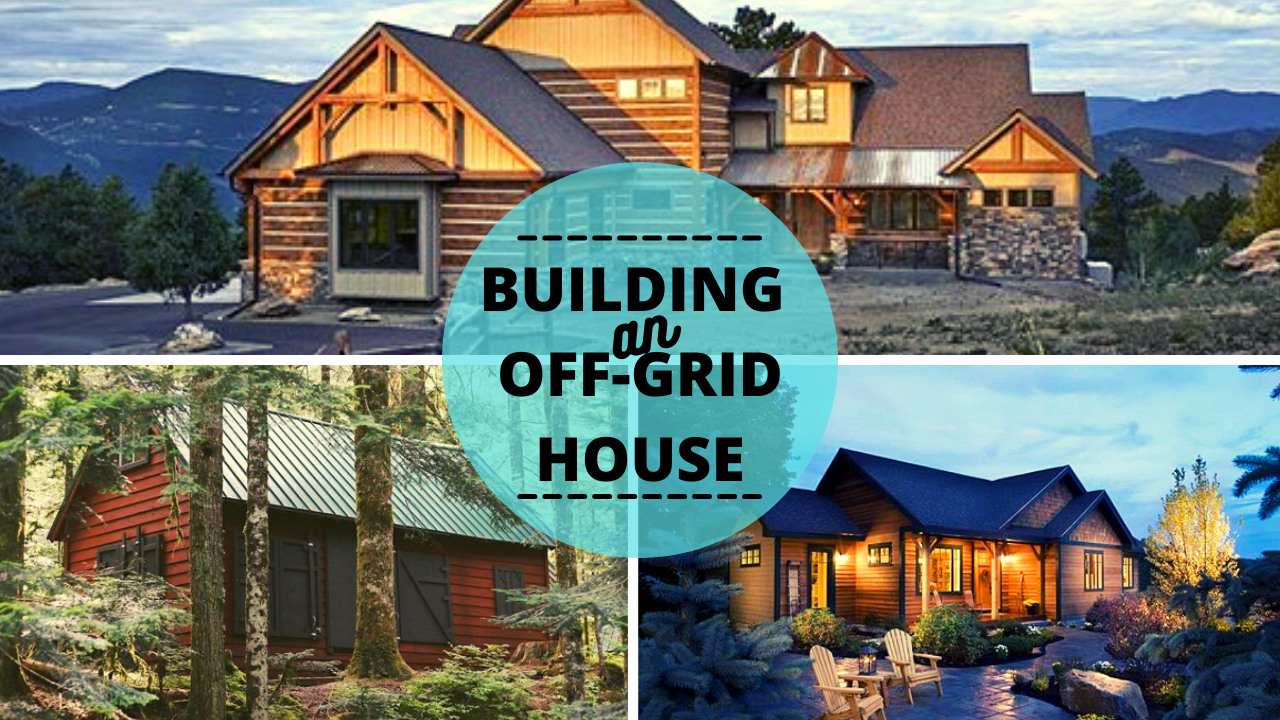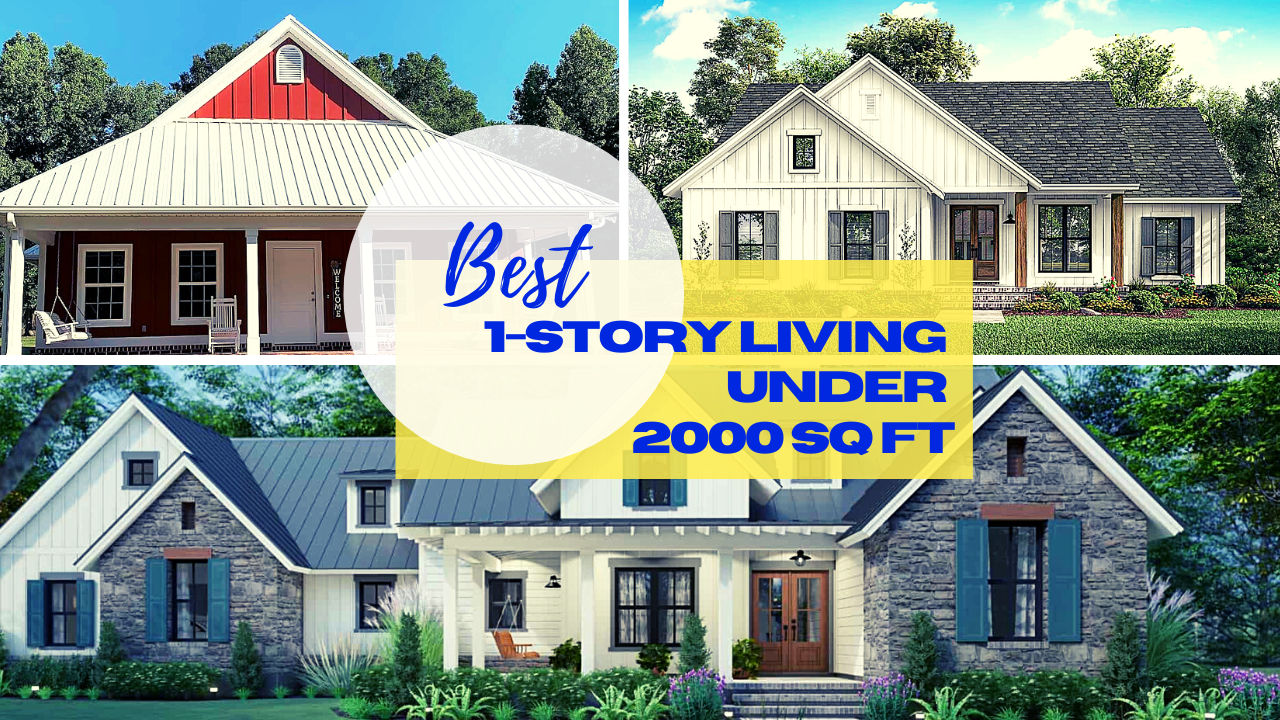Top Choices in Sustainable Flooring
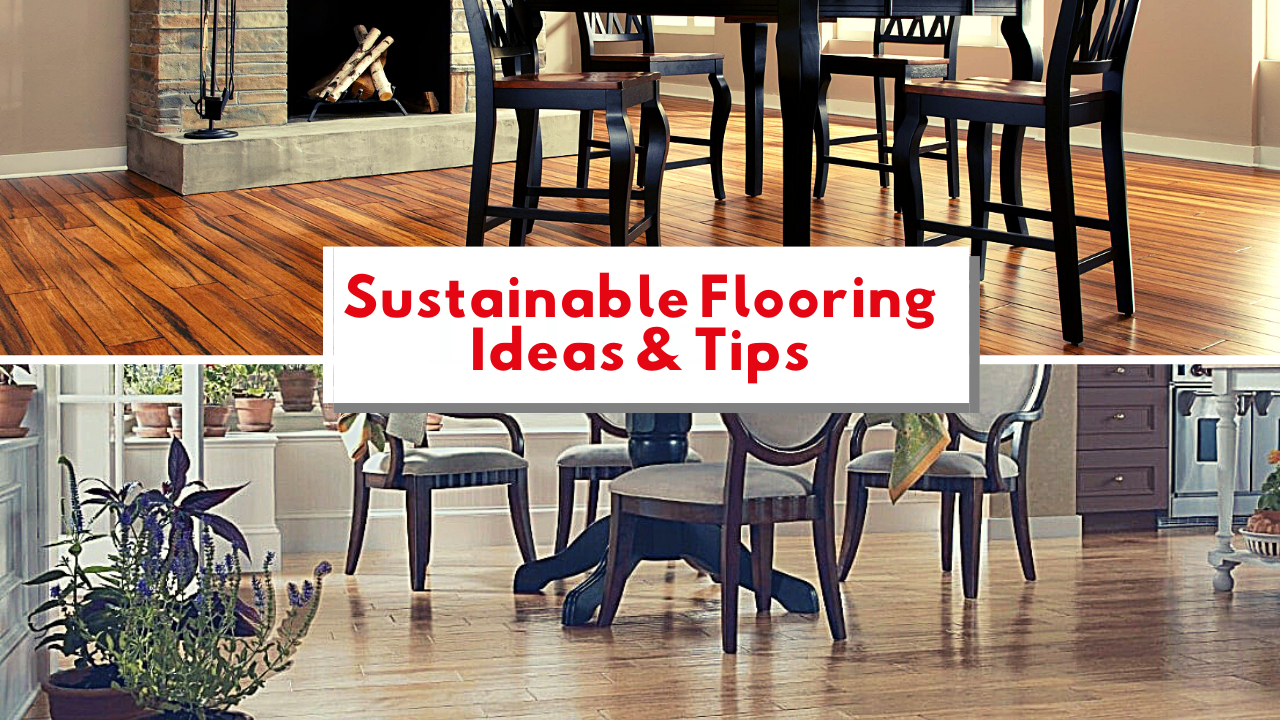
Floor Your Home with These Ecologically Responsible Materials
Flooring is one of the most important decisions to make for a home because every room has a floor. Homeowners will consider everything from style and durability to cost and ease of cleaning. Hardwood and carpeting seem to get all the press, but there are many non-traditional materials that have everything you’re looking for in a floor plus some. When you step outside of the box you will find a huge range of options that are strong, sleek, and beautiful – and mostly environmentally friendly!
Opting for sustainable flooring materials makes a big contribution to eco-friendly living. How do you settle on the most eco-friendly flooring option? Easy. There are more to choose from than ever before. Here are some of the best eco-flooring options.

Cork
Cork is usually covered with thumbtacks and family photos – or jammed in your favorite bottle of wine. It also happens to be an awesome, sustainable flooring option. Because of its resillient properties, it is especially good for use in the kitchen. Cork is harvested from the bark of the cork oak tree, commonly located in the Mediterranean. It is an ideal renewable resource because the trees do not need to be cut down in order to harvest the bark, which quickly grows back every three years or so. Some flooring is made from the waste that results from manufacturing corks for bottles. What else? Cork has antimicrobial properties that reduce allergens in the home, is fire retardant, and acts as an insect repellent, too. Cork, like wood, can be finished in a variety of paints and stains to accommodate any color scheme or design style. And it is so durable you can expect cork flooring to last between a minimum of 10–30 years in any room of your house.


Bamboo
Bamboo is not a wood at all but actually a species of grass that shares similar characteristics with hardwood. It grows from a rhizome, which is an underground stem. Harvesting bamboo involves removing the culm, or the part aboveground, and leaving rhizome to sprout new plants – which it does quickly. The plant grows to maturity in three to five years, which is far less time than the 25 years it takes for a tree to reach its prime harvesting age. On top of being highly sustainable, the bamboo flooring product is beautiful, durable, easy to maintain, and easy to install.



Not-Your-Grandma’s Linoleum
Linoleum is created from a combination of linseed oil, cork dust, tree resins, wood flour, pigments, and ground limestone. It’s not a new product on the market, which is why most people associate it with tacky kitchens and dated bathrooms. Linoleum was super popular back in the day, but sort of lost its flavor in the 1940s with the introduction of vinyl, its synthetic competitor. But time has passed and architects and designers have begun using linoleum once again. But it’s not the same linoleum flooring (that possibly matches the curtains) in your grandmother’s outdated kitchen. Not even close. Linoleum dropped a total bomb of color and design options as it regained popularity. And the new and improved flooring is manufactured with a better sealant to resist water and stains. But it's still made from natural ingredients!

Recycled Glass Tiles
What happens to your glass recycling after it’s been picked up from the curb? A lot of those empty bottles and jars are converted into stunning glass tiles. This renewable resource is not only becoming a fashionable option for floors but is also being used on bathroom and kitchen walls. Some people might be put off by the idea of using glass as flooring. But the thick tiles are a safe and stable material, often sold in mosaic sheets so it’s better for traction. Glass is non-absorptive and won’t mold or mildew in damp environments. And unlike many ceramic tiles, the glass will reflect light rather than absorb it, adding an additional layer of light, which some rooms desperately need.

Wool Carpet
People love the cozy feel of carpeting. Unfortunately, most carpeting has been fabricated of petroleum-based materials with the help of volatile organic compounds or toxins that are harmful to the environment and our health. But if carpeting is what you want, there are eco-friendly options out there! Wool carpet is an eco-flooring option with no concerning toxins woven into its fibers. Wool is sustainable because it comes from sheep and sometimes goats. When the animals are sheared for their wool, it grows back! It can be purchased in any color and shade. Wool is also very warm and durable, and lots of people find it is the perfect flooring for any bedroom, especially during those cold winter mornings.


Reclaimed & Engineered Wood
You love the classic, rich look of hardwood but are hesitant to invest in flooring materials that aren’t sustainable. We get you. Luckily, there are still ways to get those beautiful wood floors without contributing to deforestation. The answer is reclaimed wood. Salvaged wood comes from barns, ships, vintage homes, and other sources. When demolishing a building, reusing the wood the avoids ecological damage from harvesting trees and burning the waste. And it’ll add character to any room. Imagine a beautiful kitchen floor made out of 200-year old beams that were salvaged from a demo! Reclaimed wood also uses less energy. The total energy used to make virgin lumber is between 11 and 13 times more than what reclaimed wood uses.
Engineered wood is another sustainable flooring option. It is a type of hardwood flooring constructed from multiple cross-laminated layers of wood (plywood) and a top layer of hardwood veneer. The manufacturing process is very efficient. Much less hardwood is used, but you are still getting a natural floor covering. Actually, engineered wood flooring is more versatile and stable than solid wood flooring, and you can barely tell them apart once they’ve been installed.
Before purchasing any wood flooring, look for the Forest Stewardship Council (FSC) certification. The FSC is a global organization that works to promote the responsible management of the world’s forests, native wildlife, and local communities.

Concrete
Concrete is extremely durable, easy to maintain, and essentially never needs to be replaced. It’s also environmentally friendly because it simplifies construction and can be recycled and reused. Concrete is typically used as subflooring in residential settings. Usually, a concrete floor has layers of concrete for structural purposes, with the final layer exposed on top. Concrete flooring doesn’t have to be left with that raw, industrial look, however. After it is polished and warmed with some stain, a homeowner might not find the need – indeed may not want – to install an additional layer flooring to cover it.


No matter what the flooring requirements are in the new dream home you are contemplating – or building right now – an ecological alternative is available to you, in most cases without having to compromise at all!
Plan Results
OR ENTER A PLAN #
Blog Resources
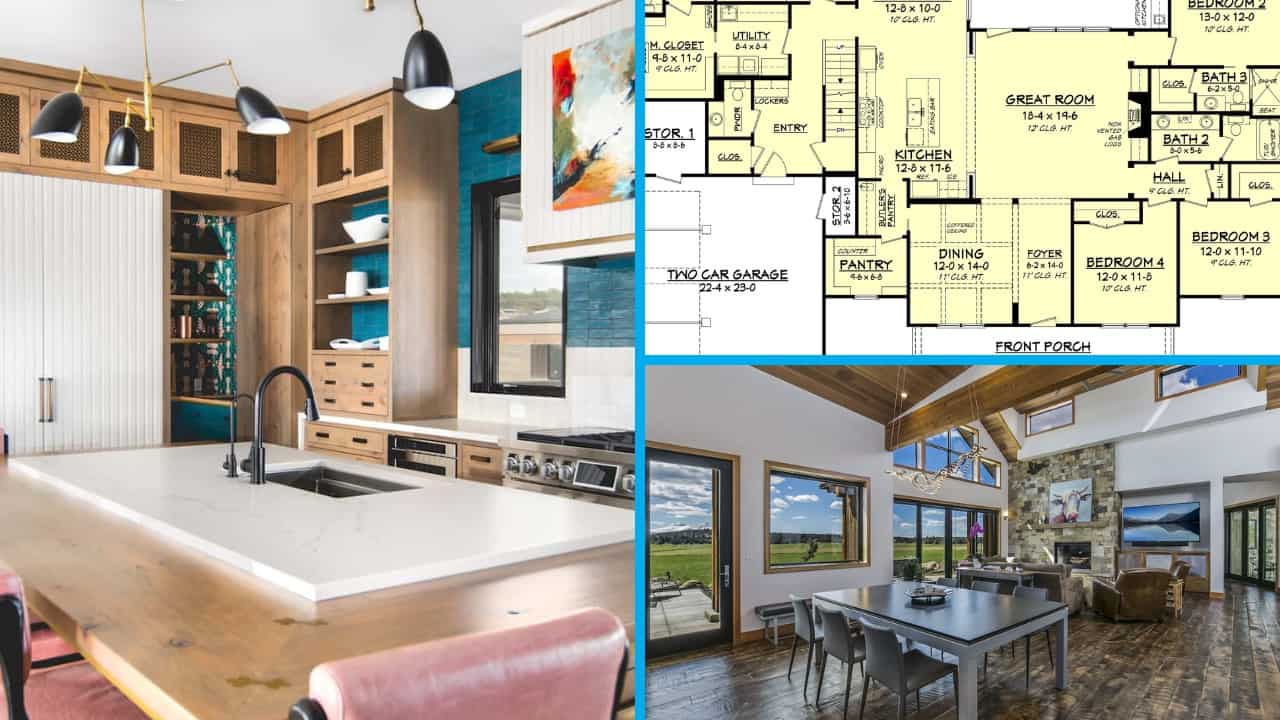
Home Design & Floor Plans
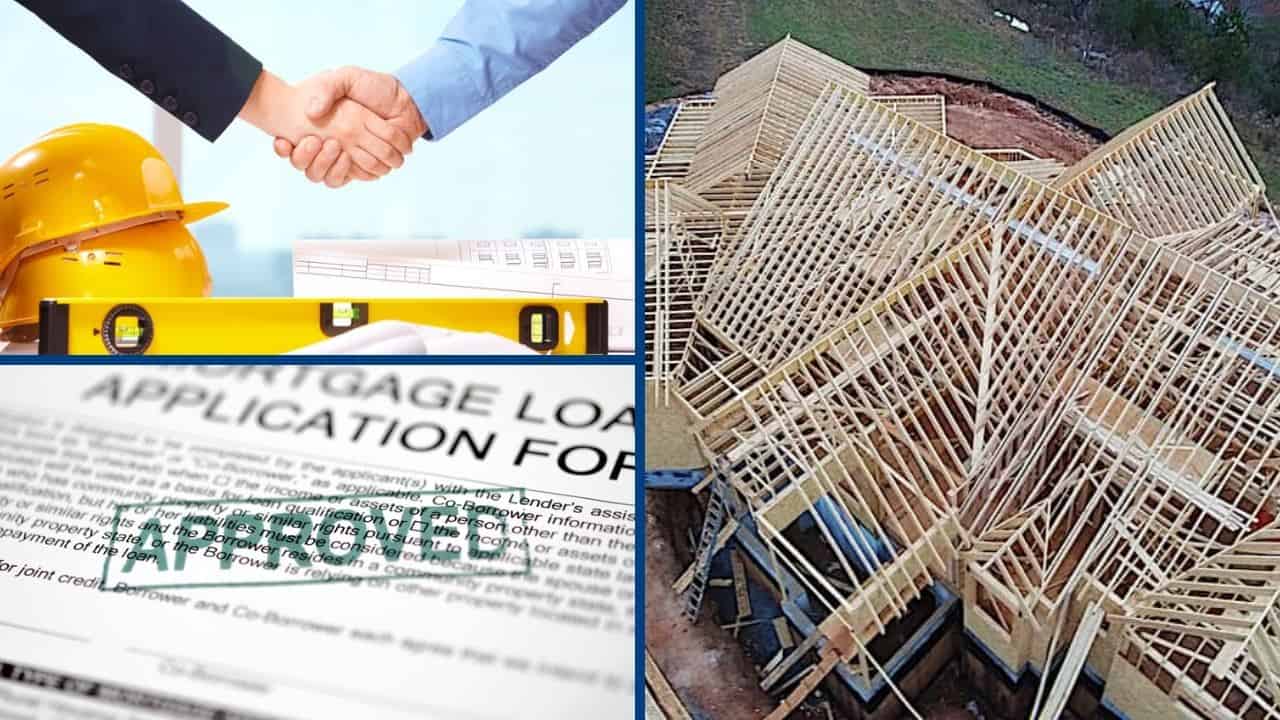
Home Building

Architectural Styles/Architecture


